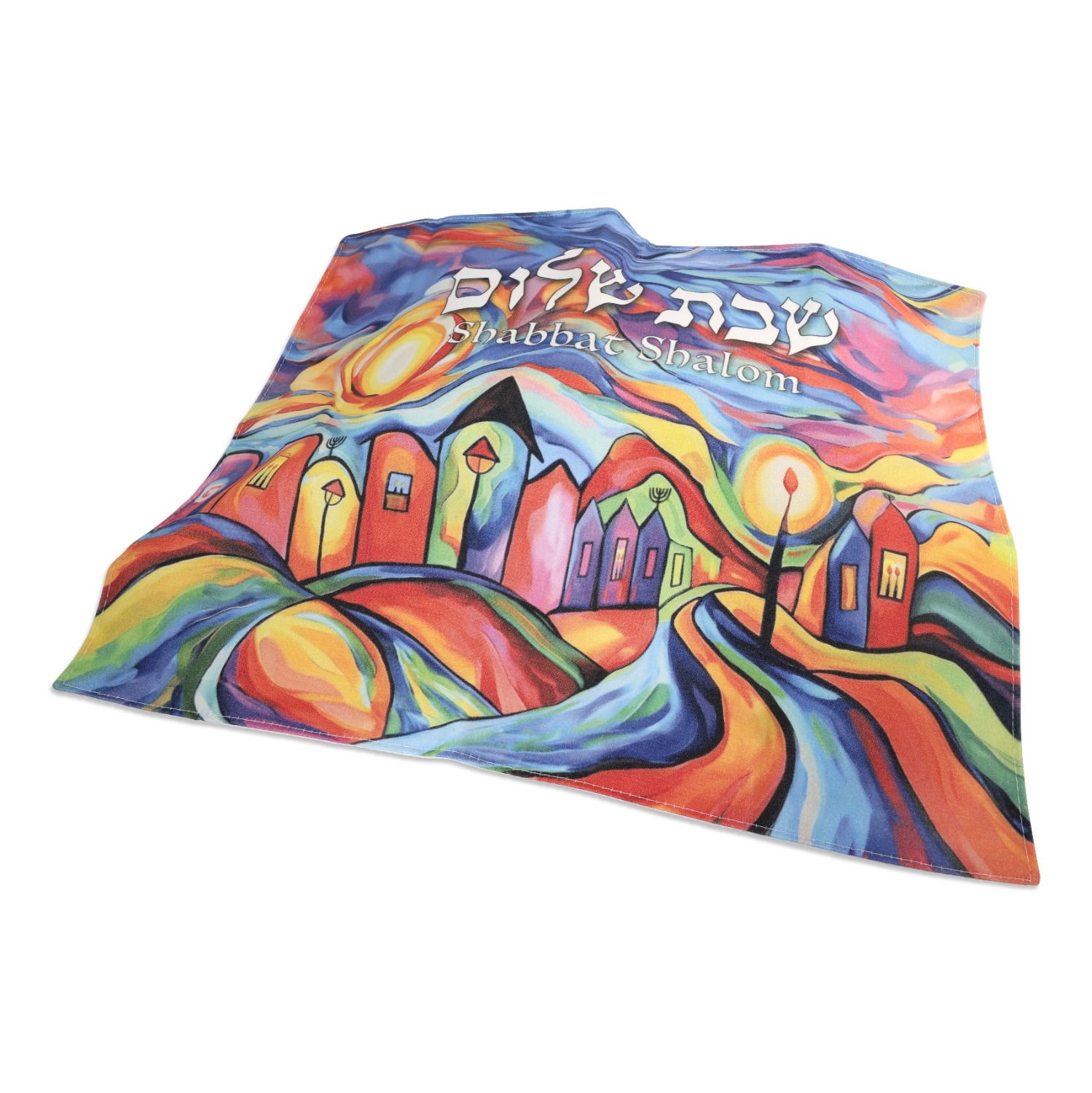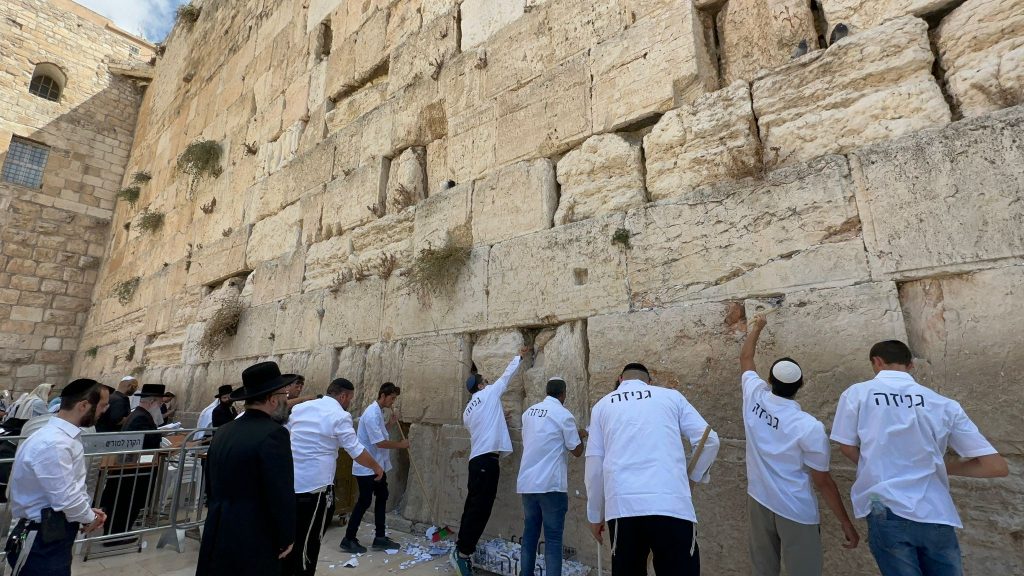Have you ever wanted to send a prayer or wish directly to a sacred place? For centuries, people from all over the world have traveled to Jerusalem to visit the Western Wall (הכותל המערבי) , also known as the Kotel, a site of deep spiritual significance. Among the many traditions associated with the Wall, one of the most moving is the custom of placing small handwritten notes between its ancient stones. These messages, filled with prayers, hopes, and personal reflections, create a unique and powerful connection between individuals and God.
Hebrew- לשים פתק בכותל\ Lasim Petek Bakotel\Place a note in the Kotel

The History of the Western Wall and Its Significance
The Western Wall is one of the last remaining parts of the Second Temple, which was destroyed by the Romans in 70 CE. Because the Temple was the most sacred place in Judaism, the Wall has become a site of deep religious importance, a place where Jewish people and visitors from all backgrounds come to pray, reflect, and seek spiritual connection.
Millions of people visit it each year, standing before its towering stones to recite prayers, read Psalms, or simply take in the profound atmosphere.
The Origin of the Note-Placing Tradition
The practice of placing written prayers in the cracks of the Western Wall is believed to date back hundreds of years. Some trace it to Rabbi Chaim ibn Attar, an 18th-century Jewish scholar, who was known to have left written prayers at the site. Others believe the custom may have started even earlier as people sought ways to leave their deepest prayers in a place considered closest to the divine presence.
Over time, this practice grew in popularity, spreading beyond the Jewish community. Today, people of all faiths and backgrounds place notes in the Wall, each one carrying personal messages of hope, gratitude, and longing. Even world leaders, including U.S. presidents and popes, have participated in this moving tradition.
What People Write in Their Notes
There are no strict rules about what should be written in a note for the Western Wall. Some people write personal prayers for health, happiness, or success. Others ask for guidance, strength, or forgiveness. Many write prayers for loved ones, peace in the world, or simply a heartfelt wish.
The messages may be brief or lengthy, poetic or simple. Some are carefully composed, while others are written in a spontaneous moment of deep emotion. Regardless of the words on the page, each note is a powerful expression of faith, sincerity, and human connection.
How to Place a Note in the Western Wall
Many believe that the Divine Presence (Shechinah) still rests at the Wall, making it an incredibly holy space.
For this reason, some visitors, particularly those from certain religious communities, refrain from touching the Wall directly or enter their hands in the cracks to place the notes as it will be just like entering the holy of the hollies in a sense. A simple but meaningful solution is to use a toothpick or another small object to carefully guide the paper into a crevice.
Visiting in Person
If you have the opportunity to visit Jerusalem, placing a note in the Western Wall is a simple yet meaningful process.
- Write your prayer or message on a small piece of paper.
- Fold the note to make it compact.
- Approach the Wall respectfully—many people take a moment to pause before stepping forward.
- Gently tuck the note into a crack in the Wall.
- Spend a moment in quiet reflection or prayer before stepping away.
It is customary for men and women to pray in separate sections, and many visitors cover their heads out of respect. While not required, these customs add to the deep spiritual atmosphere of the site.
Sending a Note Remotely
If you can’t travel to Jerusalem, you can still take part in this tradition. Many organizations offer services that place notes in the Wall on behalf of people from around the world. Some of the most well-known services include the Western Wall Heritage Foundation and Chabad, both of which allow you to submit a note online, free of charge.
Additionally, some tour guides and locals offer to place handwritten notes for those who request it. This means that no matter where you are in the world, your prayers can still find their way to this sacred site.
Etiquette and Customs
While placing a note in the Wall is a personal experience, there are a few customs and points of etiquette to keep in mind:
- Be respectful of others praying at the Wall—many people are in deep concentration.
- Avoid taking photos close to those engaged in prayer.
- It is traditional to walk backward when leaving the Wall, as a sign of respect.
What Happens to the Notes?
With millions of visitors each year, you might wonder what happens to all the notes placed in the Wall. Twice a year, before Passover and Rosh Hashanah, the notes are carefully collected by staff at the Western Wall. Instead of being discarded, these prayers are treated with reverence and buried in a Jewish cemetery on the Mount of Olives.
This practice follows Jewish tradition, which considers written prayers and holy words to be sacred. By burying them rather than throwing them away, the notes are given the same respect as religious texts.

Have you ever placed a note in the Western Wall, or would you like to?
Whether in person or from afar, this beautiful tradition offers a way to express your deepest prayers and wishes in a space filled with history, faith, and hope. If you’re interested in sending a note remotely, there are plenty of options to make it happen—because sometimes, even the smallest piece of paper can carry the biggest prayers.
